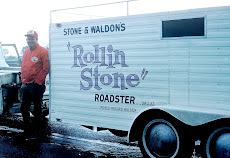




I have a friend (Lois) who was a little
confused over the military term P-38. It
is no wonder as the military usually has a
multitude of duplication when it comes to
terms.
The P-38 was first labeled back in the
late 1930's when it was applied to a twin
engine fighter built by Lockheed. The
P-38 Lightning was super fast and
was armed with 8 50-caliber machine
guns and two 40-millimeter cannons. It
was a super plane and mostly used in
the Pacific and North Africa. It could not
turn with the Messerschmidts so it was
used on a limited basis in the European
Theater. My mother was one of the "Rosey
the Riveters" of the early 1940's and
worked on the P-38 in the Grand Prairie
plant. My first words as a baby were "P-38".
Now move forward to the 1950's. The
military issued the troops C-rations as
some sort of food. Most of it came in tin
cans and thus,..the troops needed a can
opener to get to the items inside the cans.
The small can opener was about two inches
long and had a fish-hook blade for opening
cans. Most GI's in Vietnam carried their P-38s
in the band of their helmets. If you come
across a veteran who does not know what a
P-38 is,..you can bet he was not in the boonies. In 1966
I used a P-38 to open a can of soup that was
canned in 1943. I am still vertical so I guess it
was not spoiled.
Hope this settles any confusion Lois !!



No comments:
Post a Comment